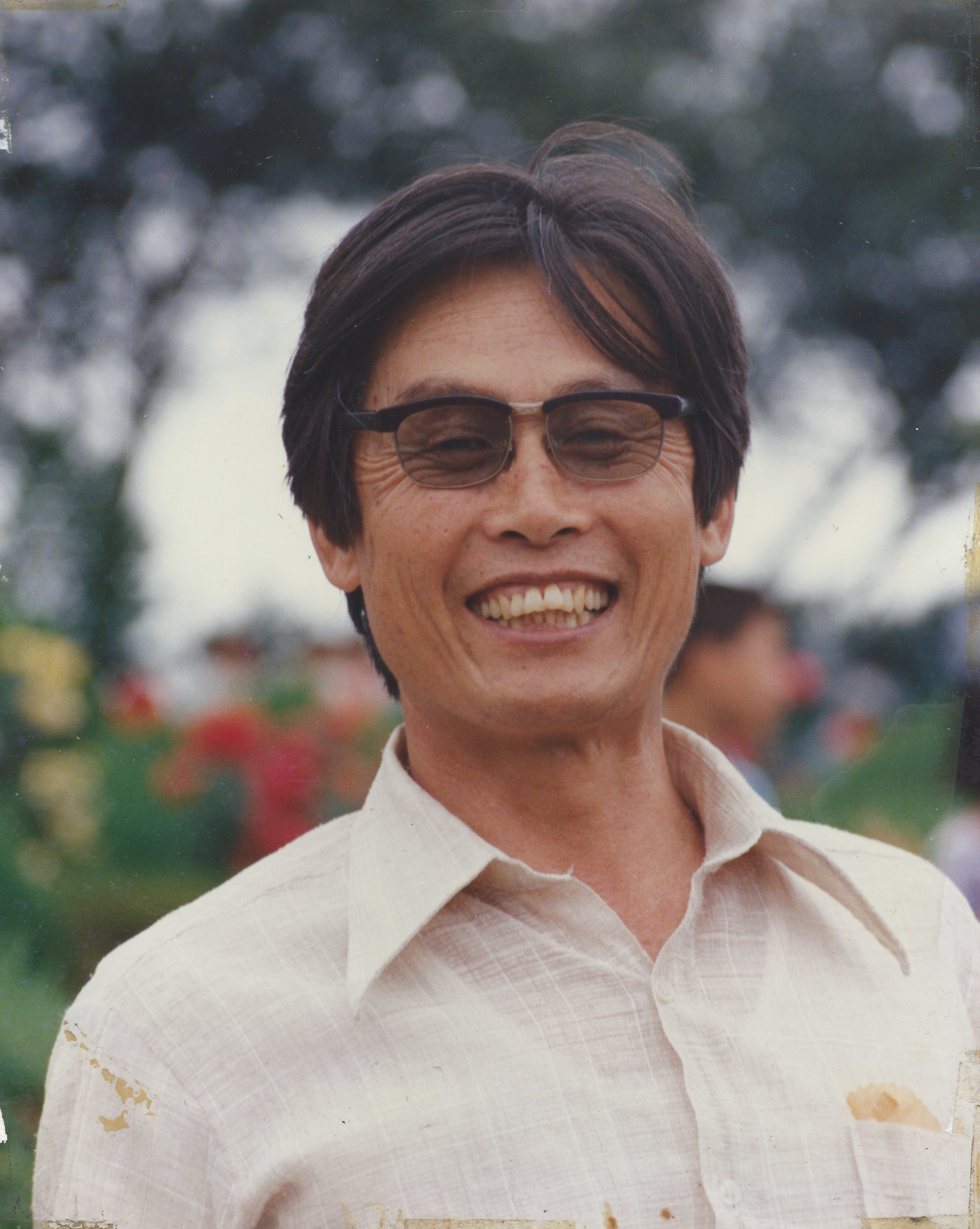반응형
Fish Slough Petroglyphs
.
The Volcanic Tableland offers exceptional bouldering opportunities, because of its unique geologic features formed by the cataclysmic volcanic eruption of the Long Valley Caldera 750,000 years ago, which left a highly dissected landscape of Bishop Tuff. Through time, this once barren tableau has evolved to support a unique and fragile environment that takes a keen eye and time to appreciate. The Volcanic Tablelands is situated at the ecological cusp of the Northern Mojave and Great Basin floristic Provinces where plants and associated wildlife species combine to make this an unusual and biologically diverse landscape. It has taken millennia for this environment to evolve and it will take responsible recreational users to preserve it into perpetuity - so enjoy and protect this place.
.
The petroglyphs in the Volcanic Tablelands outside of Bishop are one of the most awe-inspiring and intriguing things to see in the Eastern Sierra. Their locations are no longer widely advertised, unfortunately, due to destruction of some of the ancient art—if you visit the Chidago Canyon site, you can see where chunks of the volcanic tuff have been shaved off by vandals.
.
In the interest of preserving the sites, we at EasternSierraNevada.com have decided to refrain from offering specific directions to petroglyph sites. However, stop by the White Mountain Ranger Station (351 Pacu Lane, Bishop) or the Bishop Visitor’s Center (690 North Main Street, 760.873.8405), and they’ll likely give you some tips for finding the cultural artifacts if you seem like you’re not shady. Another great option is to visit the Paiute-Shoshone Indian Cultural Center (2300 W. Line Street, Bishop), where you can view informative displays about the Owens Valley, it’s occupation by native peoples, and their subsequent displacement by European settlers.
.
The Volcanic Tablelands are the result of the eruption of Long Valley over 700,000 years ago, which formed the Bishop Tuff, a red pumice probably best known by rock climbers for its awesome bouldering characteristics.
Geologic faulting eventually tilted some of the flow of lava during the formation of the tablelands, and basalt and andesite leaked up through fumaroles to form darker, exposed formations.
.
The Paiute-Shoshone Indians chipped away at the dark surfaces of the rock, exposing the lighter tuff underneath, to create the petroglyphs, which can still be seen today. The art is widely varied—anthropomorphic figures can be made out, as can clear images of bighorn sheep. At one site, there is a bas-relief carving of a miner swinging a pick-axe, the origin of which is unknown. Archaeologists define the styles as Great Basin Curvilinear and Great Basin Rectilinear, and those styles extend as far east into the Great Basin as Arizona. David S. Whitley, the author of “A Guide to Rock Art Sites,” (1996) states that the commonly-found vertically-bisected circles “symbolize a sexual association with the shaman’s altered-state experiences, equating their entry into the supernatural with sexual intercourse.”
.
While visiting the petroglyphs, bring plenty of water, watch for rattlesnakes and cacti, and avoid touching the art, as oils from skin can degrade the rock over time. It’s not a recommended journey for those with dogs due to the cultural sensitivity of the sites as well as the danger from steep drops and wildlife. Be respectful of the sites—these places are of important cultural heritage to both Native Americans and visitors alike. Sarah Rea is a freelance dirtbag-turned-journalist who has been living in the Sierra on and off for twenty years, with eight spent in Yosemite National Park and five in Mammoth Lakes. She likes dogs, rocks, good food and jumping into cold water.
.
+++
忍齋 黃薔 李相遠님 - 노란장미의 사는 이야기 그리고 80518



















































































반응형
'1. Dr. Sam Lee > 여행스케치' 카테고리의 다른 글
| 91. LAKE SABRINA TO MIDNIGHT LAKE AND HUNGRY PACKER LAKE, BISHOP, CA (0) | 2022.07.05 |
|---|---|
| 90. Laws Railroad Museum and Historical Site, Bishop, CA (0) | 2022.07.04 |
| 88. PAIUTE SHOSHONE CULTURAL CENTER, BISHOP VISTOR CENTER (0) | 2022.06.30 |
| 87. TROUT FISHING AT BISHOP CREEK, SOUTH LAKE, LAKE SABRINA (0) | 2022.06.27 |
| 86. BISHOP DAY 2 PIUTE PASS TRAIL, 12000 FT (0) | 2022.06.27 |
